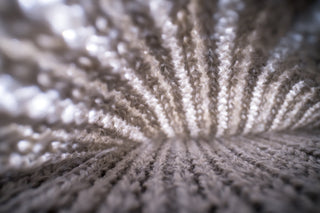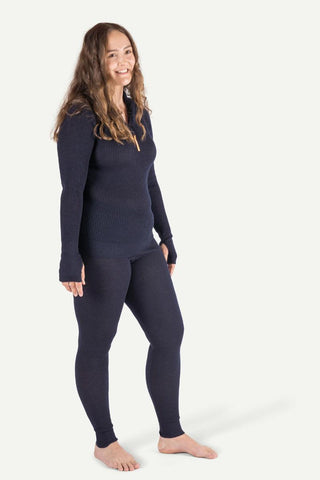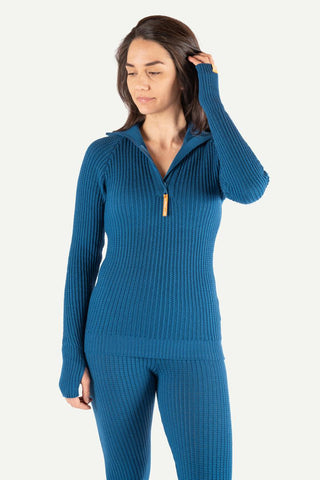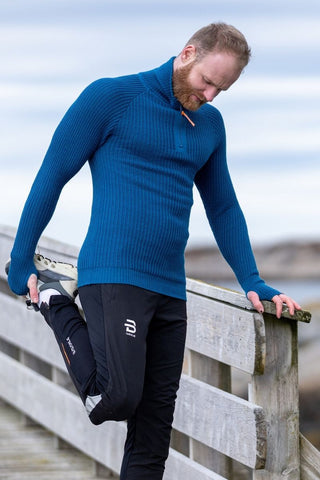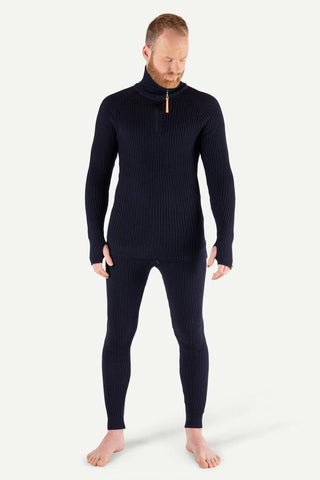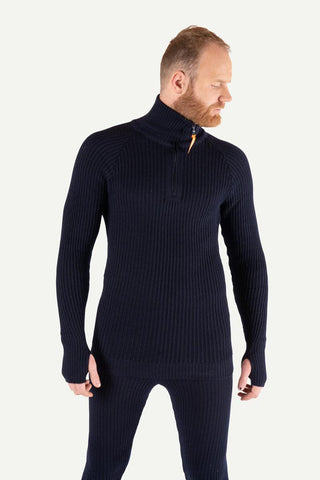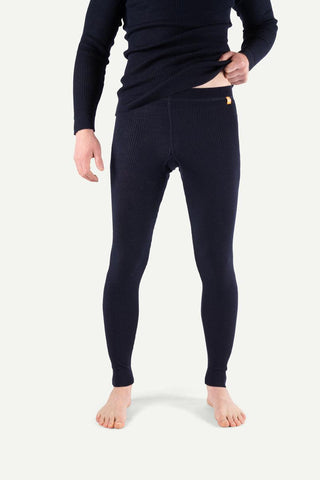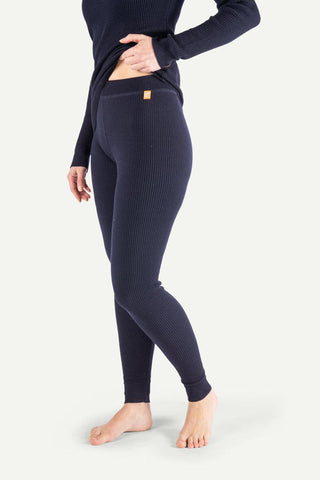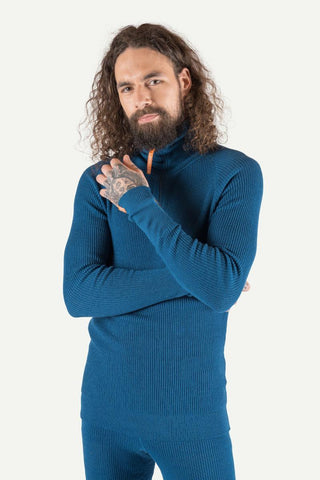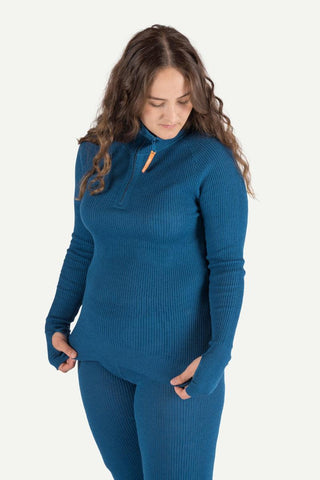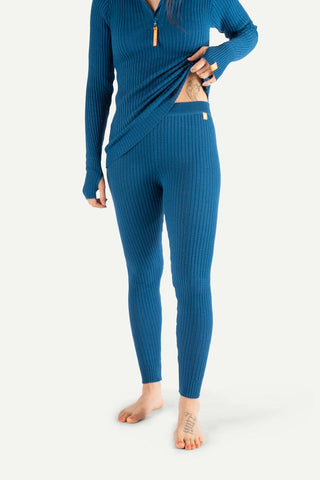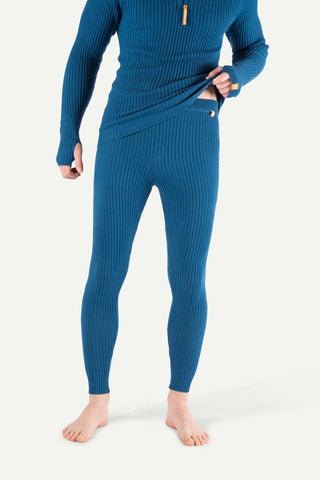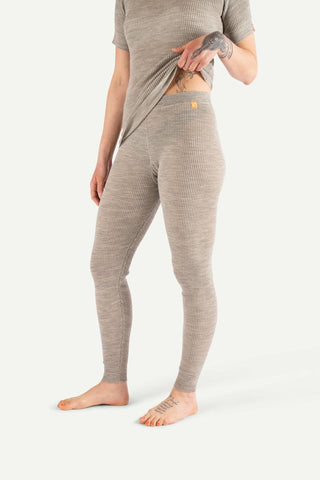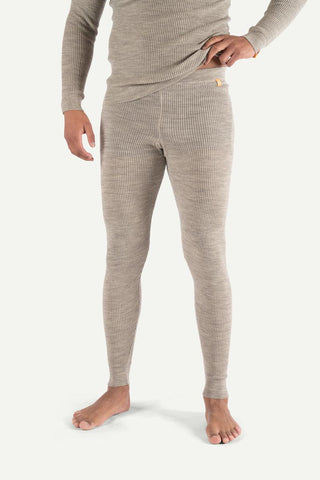Almost 30 years ago, we invented a special knitting method, which we still use. The knitting method primarily provides better insulation than traditional knitting - the result is a more pleasant feeling of warmth. In addition, excess heat from the body is released through each individual garment - and keeps you drier. How do we do it?
When Lanullva's own knitting method was developed, the aim was to knit as many air pockets as possible into the wool. In addition, we create yet more air pockets by having a knotty, uneven surface on our garments - both against the skin and next to the garment - in the outer layer.
More air pockets in the knitting provide better insulation. Lanullva therefore takes better care of the heat you already have - inside you. When you are active and generate too much heat, it is extra important that the wool breathes maximally, and lets the excess heat escape. Otherwise, you will be wet and cold when you take a break.
The world's warmest knitting method, with extra air pockets - keeps you dry. It is not always so easy to see the difference. But if you put Lanullva on, preferably directly on the skin, you will feel the difference straight away.
In a world where the weather and wind increasingly change from calm and mild to harsh and cold, 100% pure wool has become the very symbol of the best of materials - for clothes that can keep you warm.
Sintef has carried out several tests of Lanullva. All tests clearly show that by knitting far more air pockets into the wool, this provides better insulation and heat regulation.
The clothes also feel drier and more comfortable to wear, because the air pockets provide better ventilation and let more moisture through when you are particularly active. Our goal is for you to always feel warm. Just right hot!

